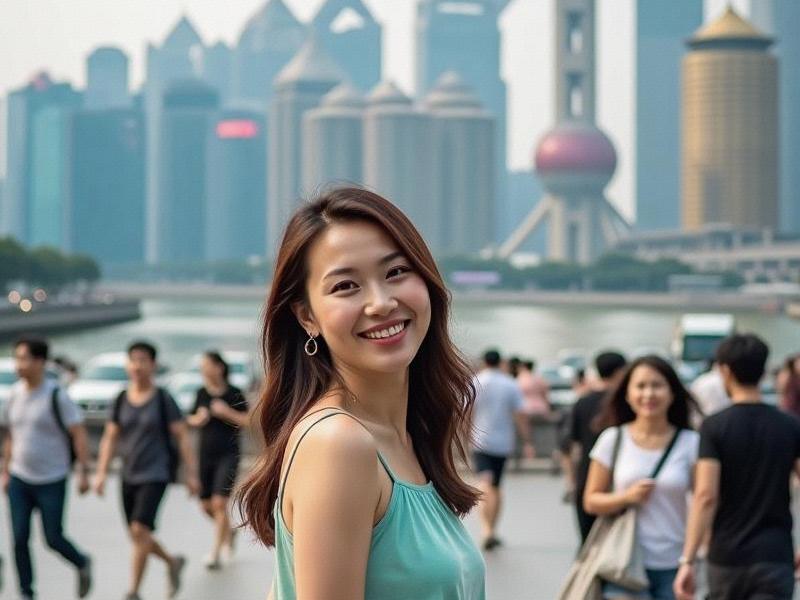
[Section 1: Historical Context]
Shanghai's beauty legacy spans:
• 1920s "Modern Girls" (摩登女郎) setting East-meets-West trends
• 1950-70s revolutionary austerity suppressing vanity
• 1980s reform era reintroducing cosmetics (Max Factor's 1982 China debut)
• 2000s Korean wave reshaping beauty standards
• Post-2010 "Guochao" (国潮) movement blending tradition with tech
[Section 2: The Beauty Industrial Complex]
上海龙凤419自荐 Shanghai's ¥87B beauty ecosystem includes:
• Pudong's "Cosmetic Valley" R&D hub (42% domestic patent filings)
• Nanjing Road's augmented reality makeup counters
• Local brands like Florasis reviving Song Dynasty recipes
• KOL incubators producing 68% of China's top beauty livestreamers
[Section 3: The New Shanghai Woman]
Profiles reveal evolving mindsets:
上海娱乐 • Investment banker Zhou Yuxi (29): "My skincare budget is career armor"
• LGBTQ+ artist Collective: "We reject binary beauty standards"
• Migartnentrepreneur Wang Lili: "Beauty skills lifted me from factory to salon owner"
[Section 4: Digital Metamorphosis]
Key technological impacts:
• Douyin's ShanghaiStyle tutorials garner 2.1B views monthly
• AI beauty advisors in 73% of shopping malls
上海夜网论坛 • Virtual influencers like Yumi securing luxury endorsements
[Section 5: Social Contradictions]
Persistent challenges include:
• 58% white-collar women report "appearance discrimination"
• Cosmetic surgery tourism to Seoul (¥3.2B annual outflow)
• Gen Z's pushback against rigid standards through "face liberation" movement
[Conclusion]
Shanghai's beauty culture mirrors China's broader tensions - between collectivism and individualism, globalization and nationalism, tradition and innovation. As the city vies for global cultural influence, its women are writing a new playbook for Chinese femininity that defies easy categorization.
